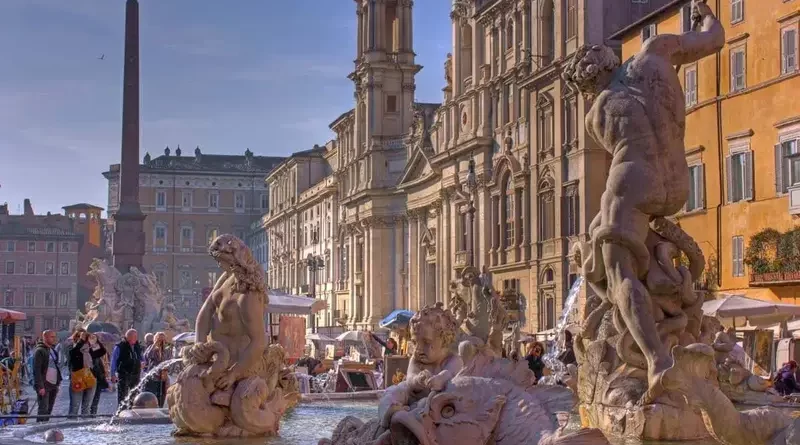Best Time to Visit Rome : Discover Ideal Seasons and Months for Your Trip
If you are planning your Rome getaway this article will be very useful to you. We have created this comprehensive guide to help you understand what is the best time to visit Rome. We have listed the various months indicating the pros and cons of each season. Rome is one of those destinations that you can visit at any time of the year. Read our guide and decide when to go to Rome.
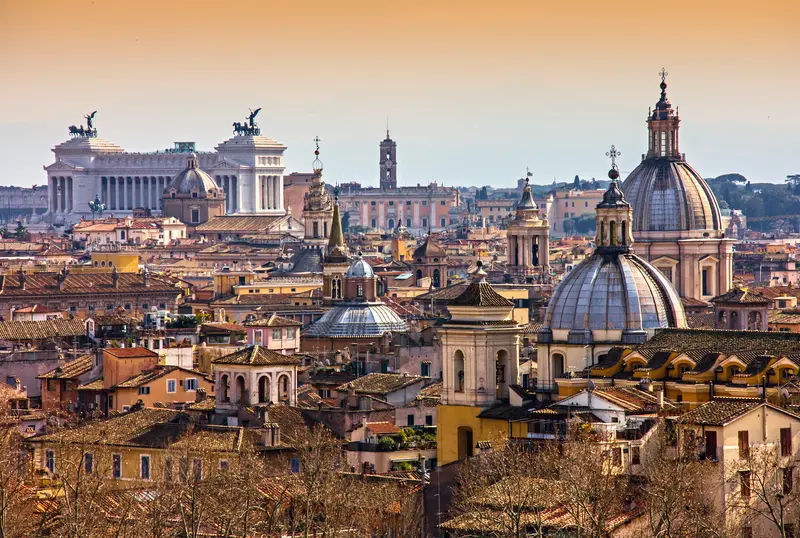
Best Time to Visit Rome
Rome, the eternal city, holds an astonishing charm that calls guests from every part of the world today. Settled in the heart of Italy, this wonderful destination offers a rich artwork of history, various cultures, and breathtaking architecture and design. When planning a trip to Rome, it’s important to consider the climate and the weather since they will surely affect your trip. From hot summers to gentle winters, Rome’s climate shifts all through the year, promising a different choice for each traveler.
Rome Weather and Tourism Guide
During the summer months of June to August, Rome is known for its infinite beautiful sunshines and warm temperatures, making it a typical time for enjoying the city’s open air attractions and charms. The normal temperature ranges from 25°C to 30°C, making a full of life atmosphere with upheaval streets and dynamic cafes. Yet, be ready for large throngs and higher costs during that peak of tourist season.
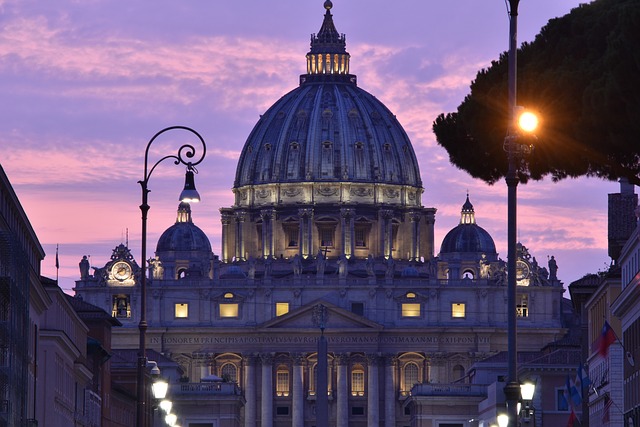
If you’re planning a trip to Rome, you might also find these guides helpful:
- A Guide to the Best Attractions – Essential tips for first-time visitors.
- Nightlife in Rome Best Things To Do Suggested by Locals.
- Best Day Trips from Rome: 14 Perfect Weekend Getaways Pick ideas to your trip.
If you like milder climate and less sightseers, the shoulder seasons of spring (April to May) and autumn (September to October) offer pleasant options. Temperatures range from 15°C to 25°C, offering comfortable conditions for walking through Rome’s iconic historic landmarks and tasting fabulous Italian cooking. These periods display favorable chances for budget-conscious travelers as well, with more reasonable housing prices and diminished queues Rome’s famous attractions. Within the following article, we will offer you an outstanding map to help you choose the best times to visit Rome. Determine pinpoints such as climate, budget, and special encounters. All of these point will assist you arrange an exceptional travel to Eternal city.
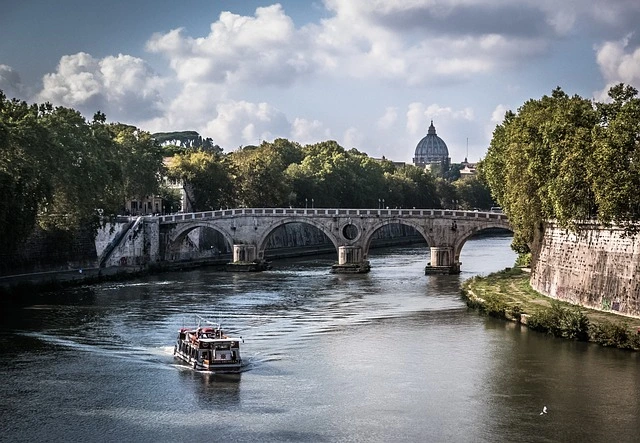
When to Go to Rome?
The Weather, Temperature and Climate in Rome
Rome encounters a Mediterranean climate characterized by hot, dry summers and gentle winters. Here is a piece of information about the climate, the weather and temperatures in Rome:
- Summers (June to September): Rome experiences hot, dry summers with average highs of 25°C to 35°C. The hottest months are July and August, when highs of above 30°C are not rare. The city can be more crowded at this time, with a lot of tourists running to well known locales and attractions.
- Spring (April to May) and Autumn (September to October): These transitional seasons offer a gentle and charming climate in Rome. Springtime temperatures vary from 15°C to 20°C, while autumnal temperatures are between those two numbers. These seasons are, we can say the most suitable times to visit Rome, as the climate is comfortable, and the tourists’ crowds are smaller.
- Winters (November to February): Rome typically experiences moderate winters, with temperatures ranging from 5 to 15 degrees Celsius. The city can experience exceptional rainfall during this time. Winters offer a calmer and more reasonable travel opportunity. In spite of the fact that a few traveler attractions may have limited hours of opening or be closed for renovations.
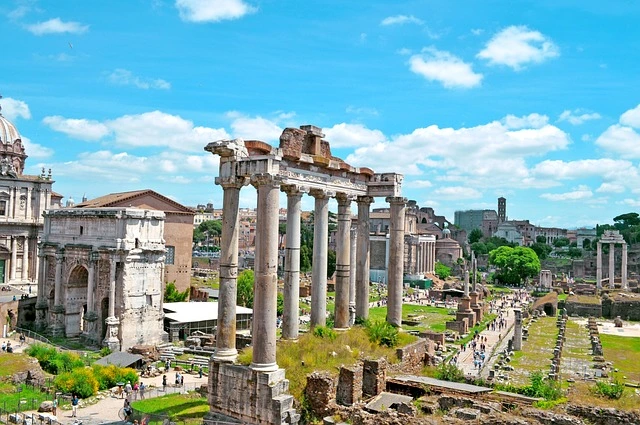
Seasons in Rome
Winter season in Rome
If you travel to Rome between November and February it is useful to know that it is one of the best times to go. In this season the city has fewer tourists than other months and therefore it is easier to visit the many wonderful attractions that Rome offers. Another advantage is the fact that you spend much less on sleep. The best hotels in Rome lower their rates this season and you can find some very good offers.
Winter in Rome ranges from November to February and offers a milder climate compared to different other European cities. Here is a detailed information about the winter climate in Rome:
Exploring Rome in Winter: A Guide to Weather and Activities
Rainfall: Winter in Rome is considered a mild precipitation, with rare downpour all through the season. November and December tend to be the rainiest months. During these times an average number of 8 to 9 rainy days per month. It’s preferable to carry out a waterproof coat or an umbrella to remain arranged for the unexpected showers.
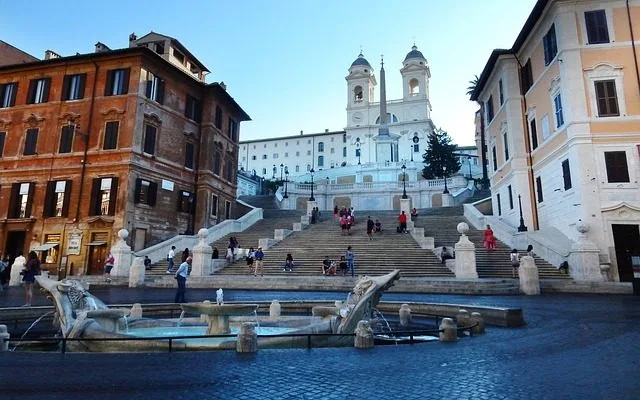
Daylight Hours: In winter, the days are shorter, and sunshine hours are decreased compared to other seasons. The sun rises at around 7:30 within the morning and sets at around 5:30 within the evening, giving nine to ten hours of sunshine each day. It’s necessary to arrange your activities accordingly, keeping in mind the shorter days.
Crowds and Tourism: Winter is considered the off-peak visitor season in Rome. The city encounters less crowds during this time, permitting guests to investigate the common attractions with relative ease. You’ll find shorter queues at popular landmarks like the Colosseum, Vatican City, and the Roman Gathering. Also, settlement costs tend to be lower, and it’s easy to secure reservations at restaurants.
Festivals and Occasions: In spite of being the calmer season, Rome still has a few occasions and celebrations amid winter. The Christmas season is especially the important one, with wonderful enrichments, happy markets, and nativity shows all through the city. Rome’s New Year’s Eve celebrations are well known to both local people and visitors. Particularly those that take place close to the Colosseum, Circus Maximus and Piazza del Popolo.
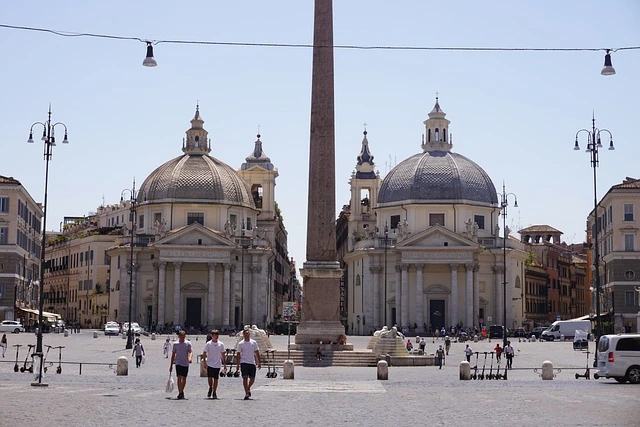
Summer Season in Rome
If you are planning to go to Rome during the summer, know that you have chosen the best time to go and visit Rome. Apart from August which is the hottest month, the other months are truly special. The scents and colors light up and create emotional experiences for those who visit the eternal city. April, May and June are the ideal months to visit Rome and have unforgettable memories of this unique city in the world.
Summer in Rome, crossing from June to August, brings forward hot and dry climate, making it a prevalent time for visitors to investigate the city. Here is a few data about the summer climate in Rome:
Sunshine Hours: Summer days in Rome are characterized by copious daylight. Since the sun rises at 5:30 in the morning and sets at around 8:30 in the evening, you will be able to benefit from amplified periods of daylight. This gives adequate time for investigating the city’s open air attractions.
Humidity and Warm: Rome encounters direct to tall stickiness levels amid the summer months, which can make the warm feel more strongly. Combined with the urban environment, it’s fitting to remain hydrated and look for shade when required.
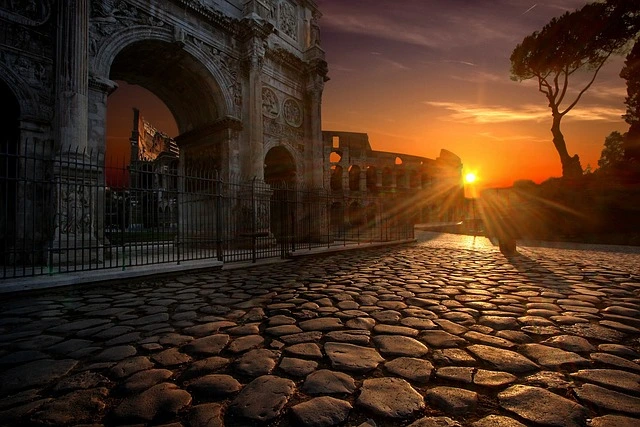
During summer, the peak travel season in Rome, larger crowds flock to popular attractions like the Vatican, the Colosseum, and the Trevi Fountain. Sightseers from all around the world fill the city, and some areas might be overcrowded. To avoid the busiest times, experts recommend booking tickets in advance and planning visits for early mornings or late evenings.
Festivals and Occasions: Rome has different social occasions and celebrations amid the summer. The Domain Romana (Roman Summer) could be an arrangement of concerts, showy exhibitions, and presentations that take place all through the city. Additionally, the Festa de’ Noantri in July may be a well known celebration celebrating the region of Trastevere, including street processions, live music, and conventional food.
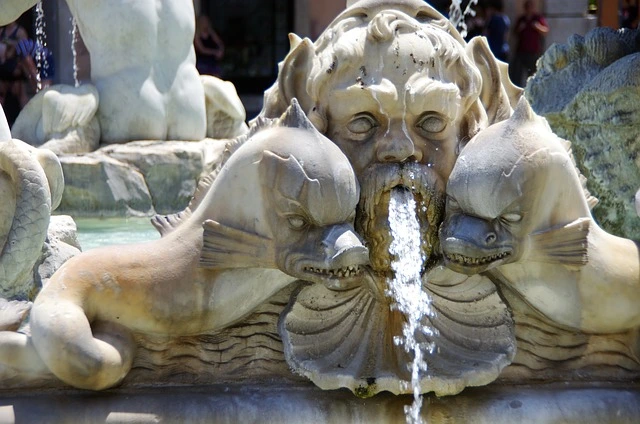
Autumn Season in Rome
Autumn in Rome, crossing from September to November, may be a delightful season to go to Rome characterized by mellow temperatures, charming climate, and less crowds. Here is some data about fall time climate and what to anticipate amid this time in Rome.
Sunshine and Precipitation: Fall time days in Rome are characterized by a gentle and sunny climate, with a great sum of sunshine. Anticipate a normal of 6 to 8 hours of daylight per day. Whereas precipitation increments somewhat compared to summer, it remains generally direct. It’s fitting to carry a light coat or umbrella to be arranged for incidental showers.
Foliage and Colors: Fall time brings a lovely change to Rome’s scenes as the takes off on the city’s various trees alter colors. Parks and gardens, such as Estate villa Borghese and Estate villa Ada, exhibit dynamic shades of red, orange, and gold, making beautiful scenes that are ideal for relaxed strolls and open air photography.
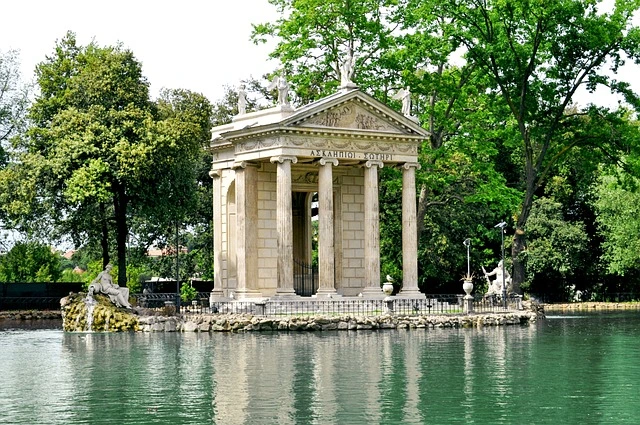
Crowds and Tourism: Fall time is considered the bear season in Rome, meaning less sightseers compared to the crest summer months. As a result, you’ll explore well known attractions easily and shorter lines. It’s also still suggested to book tickets in advance for major spots just like the Vatican and the Colosseum to dodge any potential crowds.
Festivals and Occasions: Despite being the quieter season, Rome has a few celebrations and occasions during Autumn. The Rome Film Celebration in October, drawing worldwide film stars and exhibiting a wide range of motion picture screenings. Furthermore, the Rome Jazz Celebration in November brings famous jazz artists all over the world adding melodic touch to the city’s dynamic atmosphere.
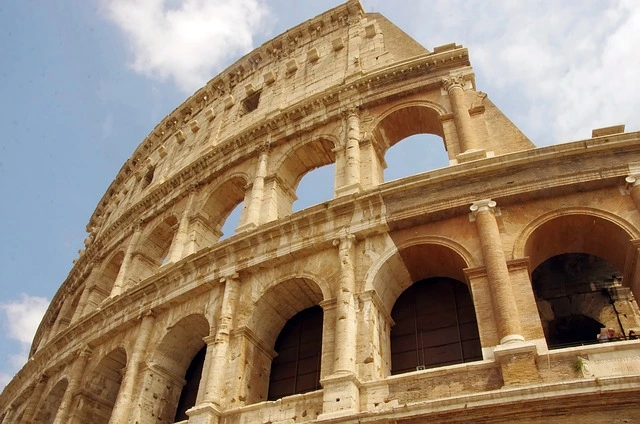
Spring Season in Rome
Spring in Rome, from April to May, brings sprouting blooms, milder temperatures, and an exuberant gentle air to the city. Bellow, notes about the climate during spring time in Rome:
Sunshine and Precipitation: Springtime in Rome is known for its plentiful daylight and longer sunshine hours. Resulting around 7 to 9 hours of daylight per day, giving some sufficient time to appreciate open air exercises and touring. Whereas there may be unexpected showers, yet generally the climate remains pleasant.
Blossoming Gardens and Parks: Rome’s parks and gardens are lively with dynamic colors during spring. Places like Estate Borghese, Estate Doria Pamphilj, and the Rose Plant (Roseto Comunale) display wonderful blossoming blossoms and elegant greenery. These gorgeous spots give quiet and beautiful settings for comfortable strolls and picnics.
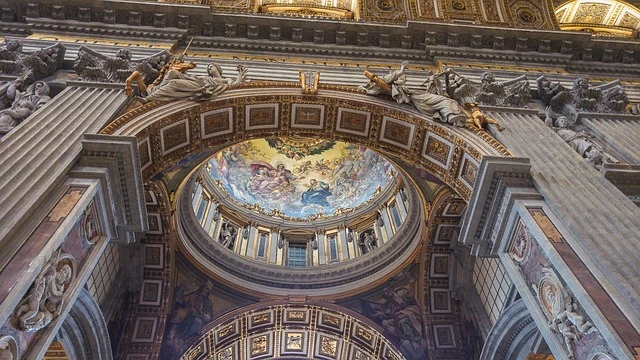
Easter Celebrations: Spring in Rome coincides with the Easter season, and the city has different devout and social occasions. The most notable event takes place in the Vatican, where you may attend the Pope’s Easter Mass. The city moreover has parades, concerts, and traditional events, making a happy vibrant ambiance.
Crowds and Tourism: Spring could be an appropriate time to visit Rome, particularly during Easter. Whereas there may be more travelers compared to winter. The swarms are generally smaller than the ones during summer months. It’s prudent to book tickets for visiting the attractions like the Vatican Galleries and the Sistine Chapel to guarantee smoother visits.
Outdoor Feasting and Cafés: As the climate warms up, Rome’s lanes come lively with open air cafés and eateries. Take advantage of the charming temperatures and appreciate al fresco feasting encounters, savoring tasty Italian food whilst drenching yourself within the dynamic road scenes and nearby culture.
The Best Time to Visit Rome
The best time to visit Rome depends on different variables such as climate inclinations, budget contemplations, and individual interface. Based on the data given prior, here is an examination of the leading times to visit Rome:
Spring (April to May): Spring is frequently considered one of the best times to visit Rome. The climate is gentle and wonderful, with a rich greenery all through the city. Temperatures are comfortable for investigating open air attractions, and the longer sunshine hours permit for more touring. The crowds are smaller compared to the top summer season, giving a more loose encounter. Spring moreover coincides with Easter celebrations, advertising interesting social occasions and devout encounters. Therefore, if you favor wonderful climate, less crowds, and the excellence of springtime, this can be a great time to visit Rome.
Autumn (September to October): Autumn time is another favorable season to visit Rome. The temperatures are mellow, and the climate is charming, making it agreeable for open air activities and touring. The crowds are littler compared to summer, permitting for a more tranquil investigation of the city’s landmarks. The Autumn time foliage adds a beautiful touch to Rome’s parks and gardens, making an excellent view for relaxed strolls. If you appreciate comfortable temperatures, vibrant colors, and a calmer climate. Autumn time could be an extraordinary time for a Rome trip.
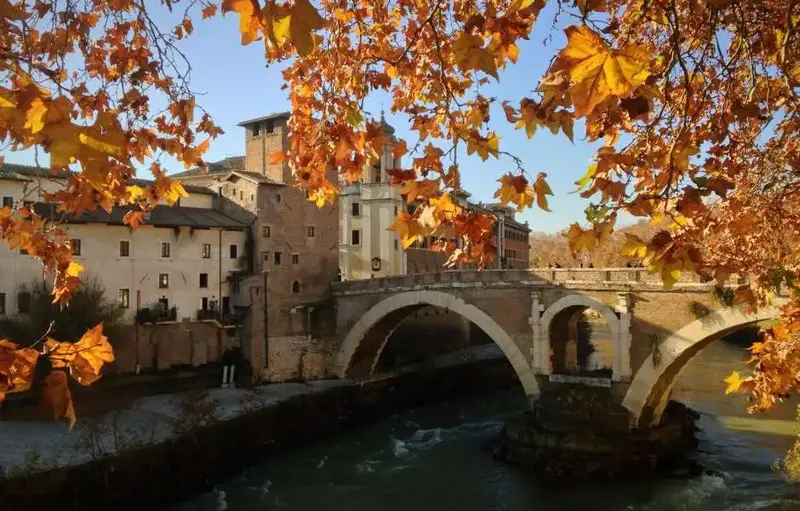
The Best Time To Visit Rome at the Best Price
If you’re seeking out for the leading prices and more budget-friendly alternatives when going to Rome, there are many factors to consider. For the most part, the off-peak seasons offer superior bargains and lower costs. Here are a few suggestions for finding the leading costs in Rome:
Winter (November to February): Winter is considered the mild season in Rome. During this time, you’ll frequently discover marked down rates for housing, flights, and attractions. The city encounters less sightseers, which can result in lower costs and way better accessibility. In any case, be beyond any doubt that a few attractions may have decreased hours or be experiencing remodels during this time.
Shoulder Seasons (Spring and Fall time ): The months of April to May and September to October are considered bear seasons in Rome. During these periods, costs are ordinarily more reasonable compared to the top summer months. You’ll frequently discover great bargains on lodging and flights, particularly in the event that you book beforehand. Also, the climate is charming, and the city is less crowded, providing a more agreeable and budget-friendly experience.
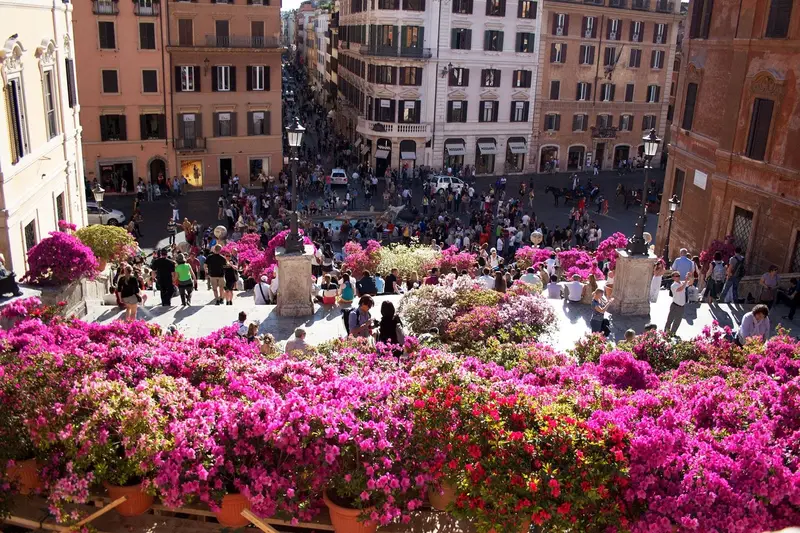
When to Travel to Rome?
Midweek Travel: Traveling to Rome on weekdays, particularly from Tuesday to Thursday, can assist you discover superior costs. Ends of the week tend to be more prevalent among sightseers, driving to higher requests and possibly higher prices for flights and housing. By picking for midweek travel, you’ll have more adaptability to secure reasonable rates.
Plan in Advance: Regardless of the season, arranging your trip to Rome well in advance will assist you discover affordable costs. Booking flights and housing ahead of time permits you to require advantage of early winged creature bargains and marked down rates. Moreover, it gives you more choices to select from and guarantees accessibility during your favored travel dates.
Best Time to Go to Rome for Events and Festivals
Rome has a few celebrations and extraordinary occasions all through the year, offering interesting social encounters for guests. Here are a few notable festivals and occasions in Rome:
Carnival: Celebrated in February, Carnival in Rome highlights colorful parades, outfit parties, and road exhibitions. Piazza Navona could be a well known gathering spot known for its enthusiastic environment and conventional festivities.
Rome Marathon: Held in April, the Rome Marathon pulls in runners from around the world. The course takes members past famous landmarks such as the Colosseum and St. Peter’s Basilica, advertising an interesting way to encounter the city.
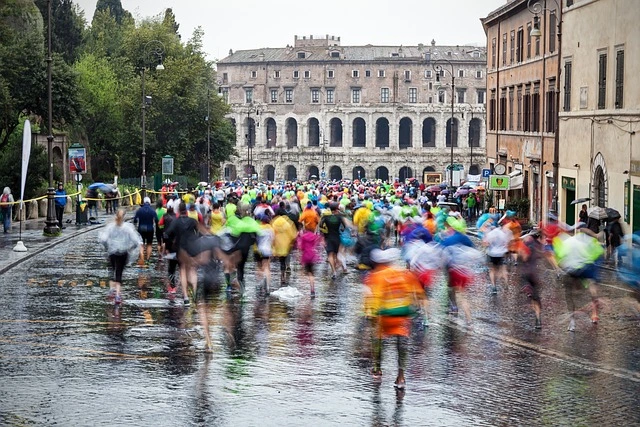
Estate Romana: Domain Romana, or Roman Summer, may be an arrangement of social occasions that takes place from June to September. It incorporates open-air concerts, film screenings, theater exhibitions, and craftsmanship shows held in different areas all through the city.
Festa de’ Noantri: Celebrated in July, the Festa de’ Noantri may be a dynamic celebration held within the Trastevere area. It highlights parades, devout ceremonies, live music, conventional nourishment stalls, and fireworks, displaying the neighborhood’s wealthy heritage.
Rome Jazz Celebration: Taking part in November, the Rome Jazz Celebration could be an eminent occasion that brings together world-class jazz artists. Concerts are held in different settings over the city, giving jazz devotees an opportunity to appreciate uncommon performances.
Christmas Celebrations: Rome is charming during the Christmas season. The city is flawlessly embellished with lights and enrichments, and different markets, such as the Christmas Showcase at Piazza Navona, offer a festive atmosphere. The Vatican moreover has uncommon devout ceremonies and midnight Mass on Christmas Eve.
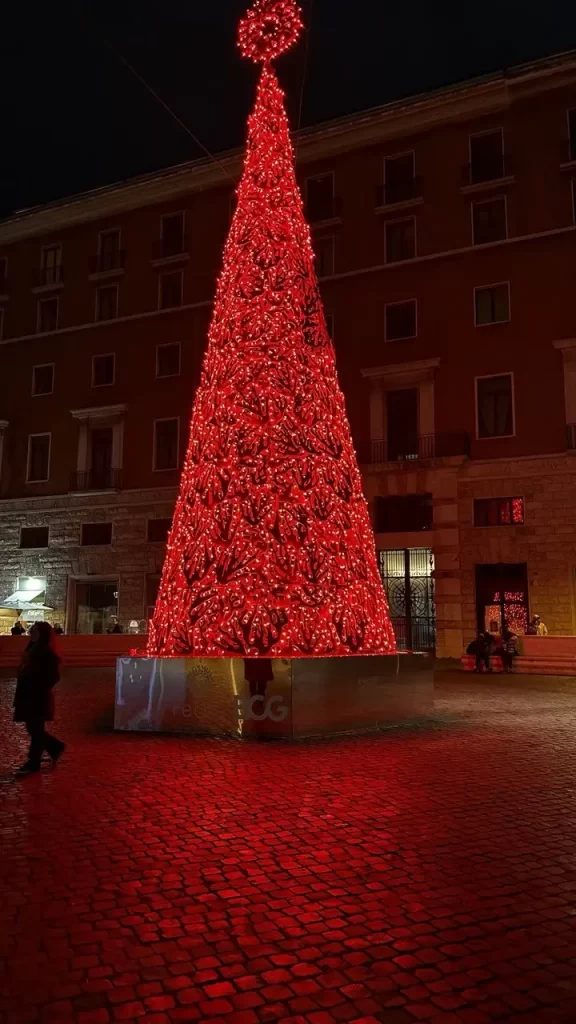
How to Visit Rome?
Indeed Rome a popular visitor destination all through the year. There are certain periods when it’s necessary to avoid going to Rome due to some alternatives such as huge crowds, high costs, or extraordinary climate conditions. Here are a few periods to consider:
Peak Summer Season: The months of July and August constitute the crest summer season in Rome. During this time, the city encounters a wave in tourism. And most popular attractions could be very overcrowded. Temperatures can reach their highest level, with hot and gentle climate, which may not be best for a few travelers. If you don’t like crowds and hate high temperatures, it’s best to arrange your visit during other seasons.
Italian National Occasions: Italian national occasions, such as Ferragosto and major open occasions like Christmas Day (December 25th) and New Year’s Day (January 1st), can be active times in Rome. Local people regularly take advantage of the occasions for excursions, resulting in household tourism. Lodging and prevalent attractions may be more crowded during these periods.
Useful links:
Rome has two main airports that you can fly to:
The official website for public transport in Rome.
